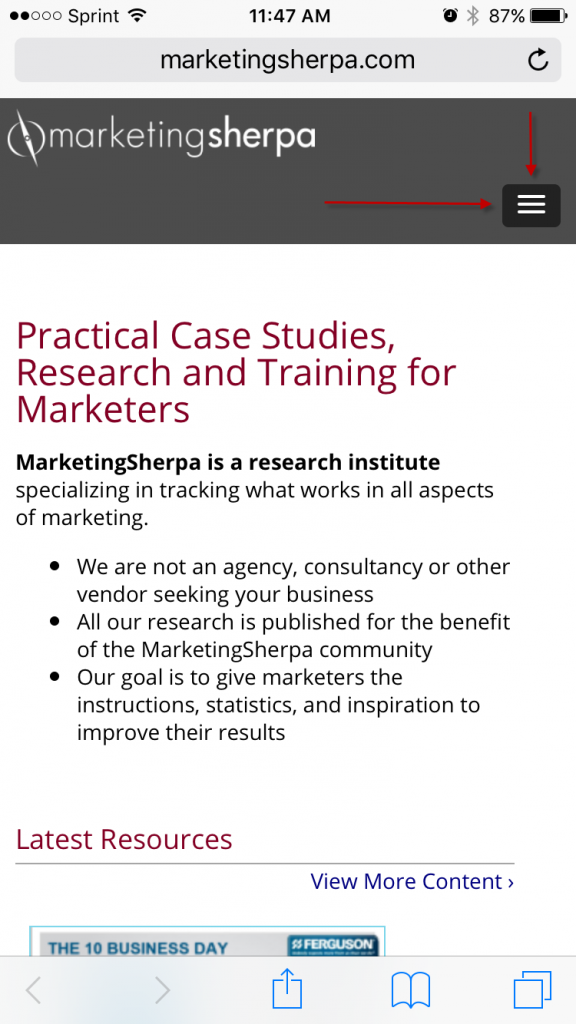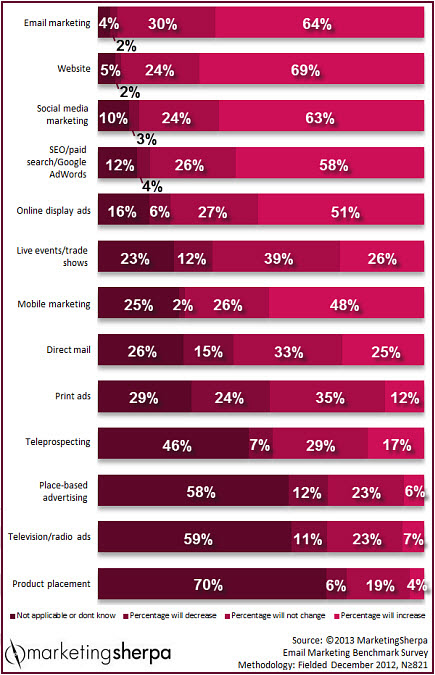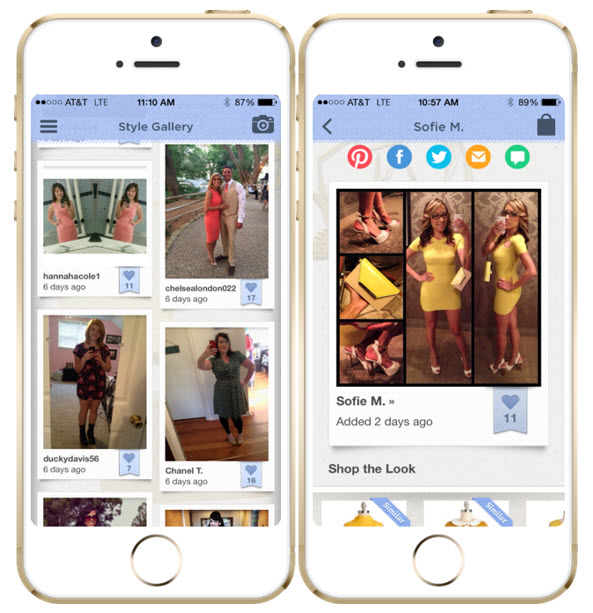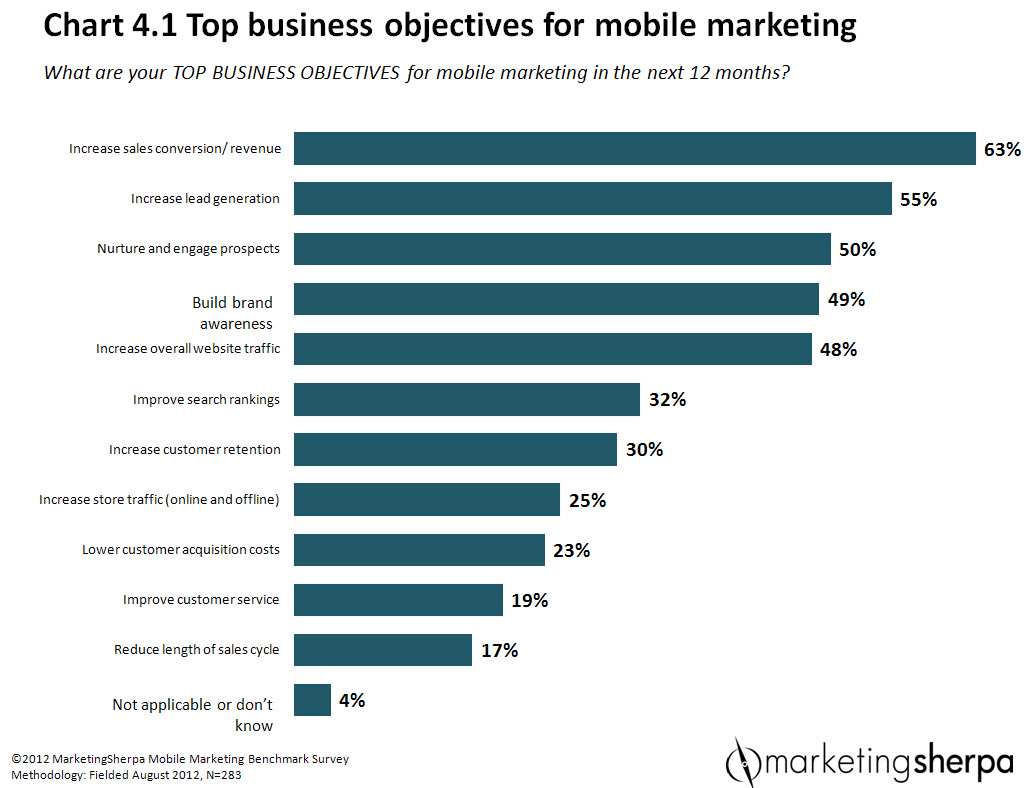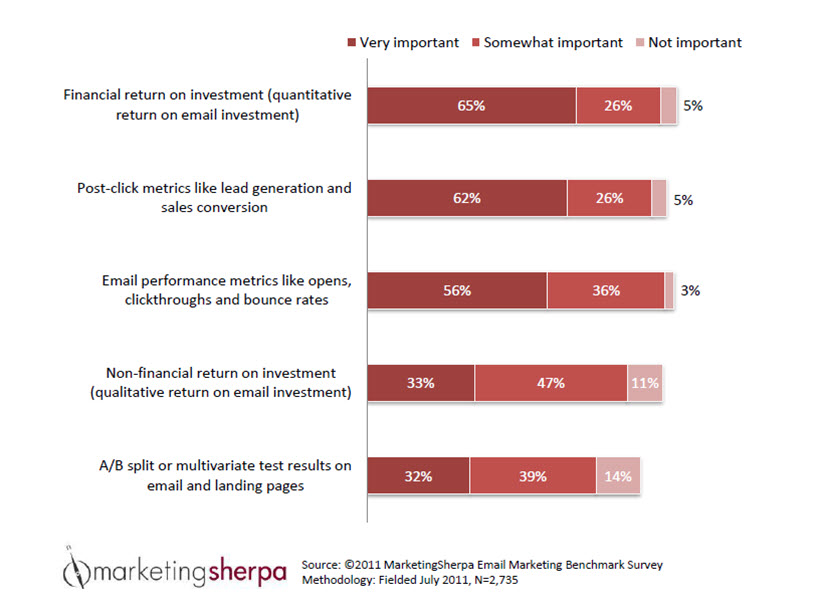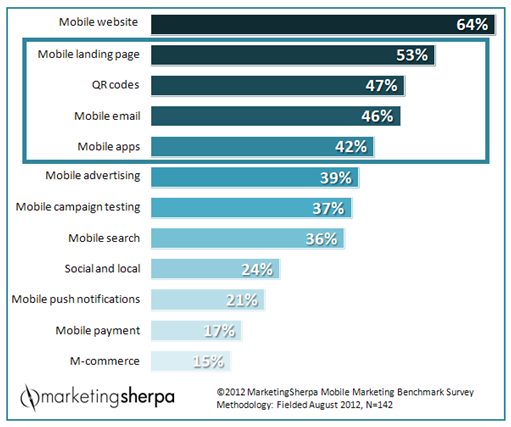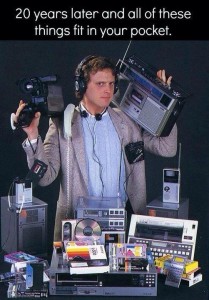Mobile Landing Page Design and AI in Marketing [Your marketing questions answered]
Every Wednesday we hold a free Marketing LiveClass as part of ChatGPT, CRO and AI: 40 Days to build a MECLABS SuperFunnel. Marketers and entrepreneurs ask questions in the webinar chat. And we answer them right here…
Do you see it to be an issue that we’re all designing first for desktop and analyzing pages on desktop, but the majority of traffic will likely be on mobile. Is it a best practice to design for mobile first?
It is a best practice to put the ideal customer first. If the ideal customer is more likely to be using a mobile phone, then yes, start with a mobile landing page. Even better if you focus on the most popular device size (if you have a website already, you can find this info in your analytics).
But don’t stop there. How else can you put the customer first?
- Speed first – how fast is the connection where they are located? Some nations and areas have faster connections than others. If they are in an area with a slow-loading page, you should start by stripping the page down to its essence and only adding an element if it’s absolutely necessary.
- Contact-preference first – Phone? Email? Chat? Social media? How do they want to contact your company? You should likely provide several options, but for a landing page that revolves around an action, make sure you are starting with the action most preferable to the customer.
- Price first (or not) – Is the ideal customer more likely to want a deal? Or care less about price and more about service or durability? Lead with what is most valuable to them by, for example, including a coupon code front and center.
These are just some ideas to get you thinking about how to put the customer first. And if you do have an ideal customer that is likely to be on mobile, this article may help give you some mobile-specific ideas – Exploring the Mobile Customer Experience: Three discoveries for designing an effective mobile experience.
But a word of caution – don’t just design for mobile first because it’s a general best practice. Remember, it’s only a best practice if the majority of your brand’s ideal customers are accessing your landing pages with a mobile device. There are still likely many companies that would better serve their customer with desktop-first (or perhaps laptop-first) designs – for example, B2B companies or those serving older customers.
And lastly – a thank you to this questioner. One reason I hope Flint McGlaughlin and I have been able to add value to participants of the MECLABS SuperFunnel Research Cohort is by bringing the MECLABS methodology and conversion psychology to bear on their funnel, their ads, and their landing pages as we offer conversion optimization and marketing strategy suggestions.
But another reason I’ve brought value is because I’m simply not steeped in their business every day. I have an outside perspective. As Mark Twain said, an expert is just “an ordinary fellow from another town.” Being from another town, I can help point out their blind spots.
The SuperFunnel Cohort community has helped point out my blind spots as well. And this was one. I have provided optimization suggestions to many cohort participants’ landing pages, but I don’t think I ever challenged them to design for mobile first. Thanks to this questioner, I realize that this is a really obvious approach I overlooked.
But that’s how blind spots are, right? You don’t notice them at all. Until one day someone points it out to you, and then it seems breathtakingly obvious.
As an attendee, what’s the best way to get started with AI?
I like that this questioner didn’t ask – “what’s the easiest way to get started with artificial intelligence?” They asked for the best way to get started with artificial intelligence.
And I would say – take a look at the answer above. Don’t begin with AI, just like you shouldn’t necessarily begin with mobile. Begin with the customer:
- What goals does the customer want to achieve in their life? What challenges do they want to overcome?
- If you find many answers to Question #1 that have nothing to do with your brand…fantastic! You’re doing it right. You’re laser focused on your ideal customer, not your own self-interest. However, unless you have chosen the wrong addressable market, your brand should be able to help with some of those things. So how can your brand help?
- Break down your answers to Question #2 into two buckets – ways that require a monetary payment from the customer (this is your “product”), and ways that do not require monetary payment (this is your “marketing”).
- Now, how can you deliver the value identified in Question #3? This is where you discover what role artificial intelligence can play.
The rest is experimentation. Experimenting with AI tools to see how they can deliver that value. But also, conducting marketing experiments to see if the addition of artificial intelligence is helping you “move the needle” in your funnel. We answer questions about running tests in Marketing Experimentation: Answers to marketers’ and entrepreneurs’ questions about marketing experiments.
+1000 Daniel, when everyone has AI and a bot, who cares that you do?
In fairness, this isn’t a question, so to speak. The participant agreed with something I said in the LiveClass.
But I included it, because it is the reason for the four-step framework I gave to address the previous question.
When you approach your marketing with a technology-first mindset, someone else will always be breathing down your neck. Ready to replicate or outpace your success. Always ready with a better, faster, cheaper technology.
Which is why you should approach these types of decisions – yes, even technology decisions…especially technology decisions – with a value-proposition first mindset. This is how epic brands are built, and how you architect a sustainable competitive advantage.
Here’s a great example. Anyone can put an AI-powered chatbot on their site. But Medieval Times implemented a chatbot that helped communicate the dinner theater’s value proposition. You can read how they did it in – Artificial Intelligence and Machine Learning in Marketing: What marketers (even those who don’t care about tech) should know about AI and ML.
Incidentally enough, we published that article in the Middle Ages of AI – September 23rd, 2022…more than two months before ChatGPT’s launch as a public prototype on November 30th. However, in my (biased) opinion, the takeaways discussed in the article are just as relevant today because we focused (less) on the technology itself and more on the humans behind it – the ideal ‘customer’ for our content, marketers and entrepreneurs.
How can I join the next cohort?
How can I join a cohort? Is there info on that? I have purchased MarketingSherpa books and watched videos, but would love active feedback on my new project
At the end of the LiveClass, we answered questions about joining the MECLABS SuperFunnel Research Cohort. Feel free to join us for a Wednesday LiveClass to get ideas for your marketing funnel, and if you stick around to the end, we’ll answer your questions as well.
Here are some quick experts from previous LiveClasses:
Can we put all 8 micro-yes(es) on the landing page?
How do we measure the strategy?
How do we weigh the appeal or exclusivity of a claim?




